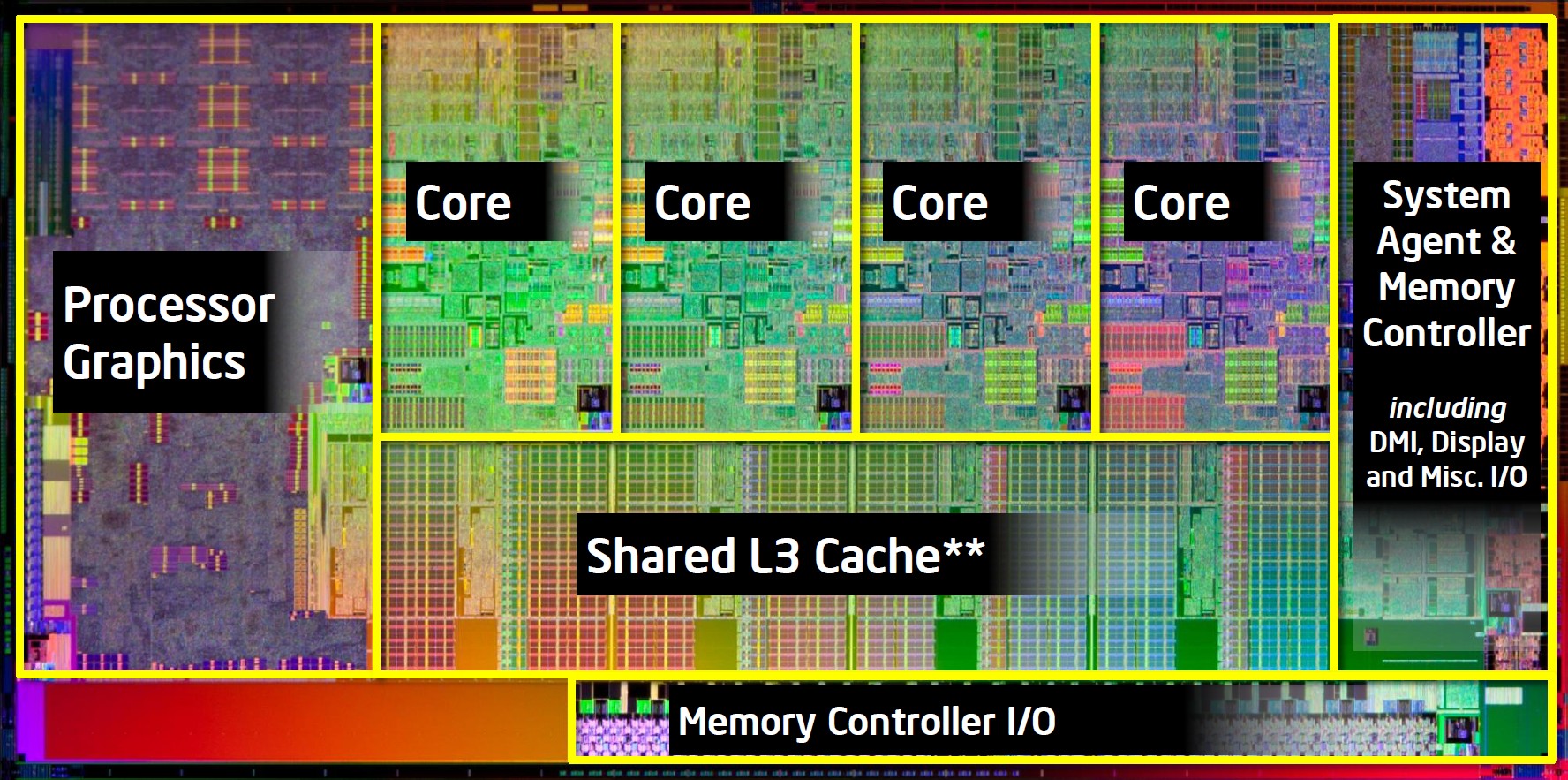

Of all the changes present in Sandy Bridge–including Intel’s final push to unify its desktop and mobile lines under an identical 32-nanometer production process, none are perhaps as remarkable as the company’s integration of a graphics processing unit directly onto the die of some Sandy Bridge processors. Sandy Bridge is the former: a brand-new chunk of CPUs with a new socket, new chipsets, and new technologies that are designed to push Intel to the next echelon of computing performance.

That’s a lot to digest: Intel’s general CPU strategy follows a tick-tock pattern the company unveils alternating successions of brand-new microarchitectures and improvements for its product cycles.

Intel will be ringing in the New Year with their long-awaited second-generation Core processor, codenamed “Sandy Bridge.” It’s the “tock” of the company’s 32-nanometer fabrication process, which succeeds this year’s corresponding “tick”-the 32-nanometer die shrink of the company’s Nehalem microarchitecture, codenamed “Westmere.”


 0 kommentar(er)
0 kommentar(er)
